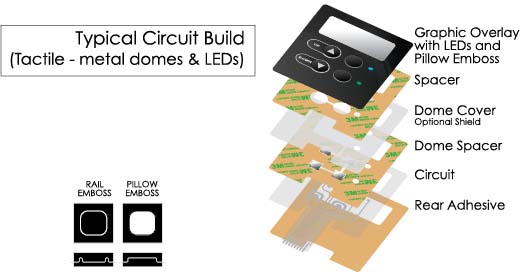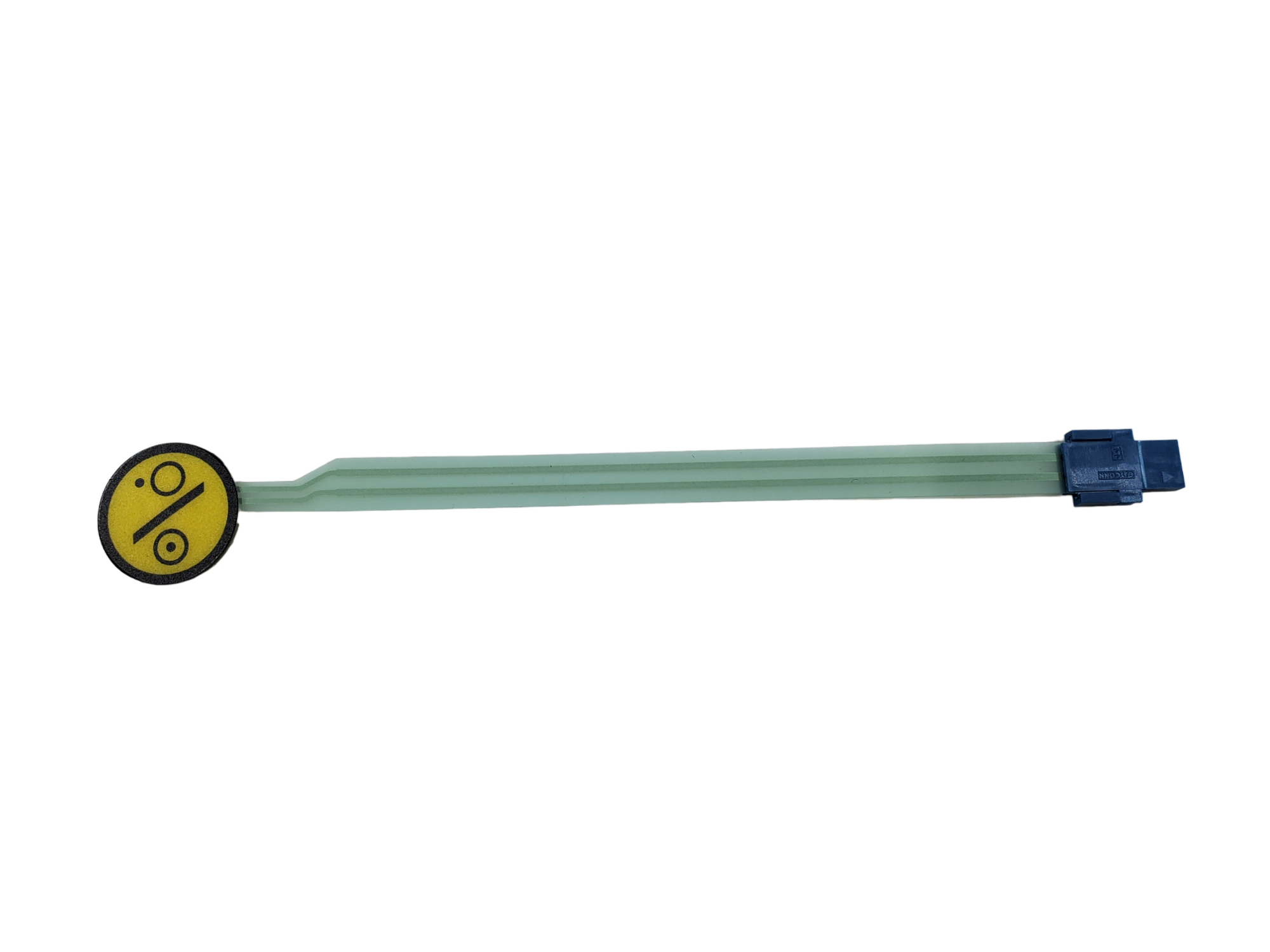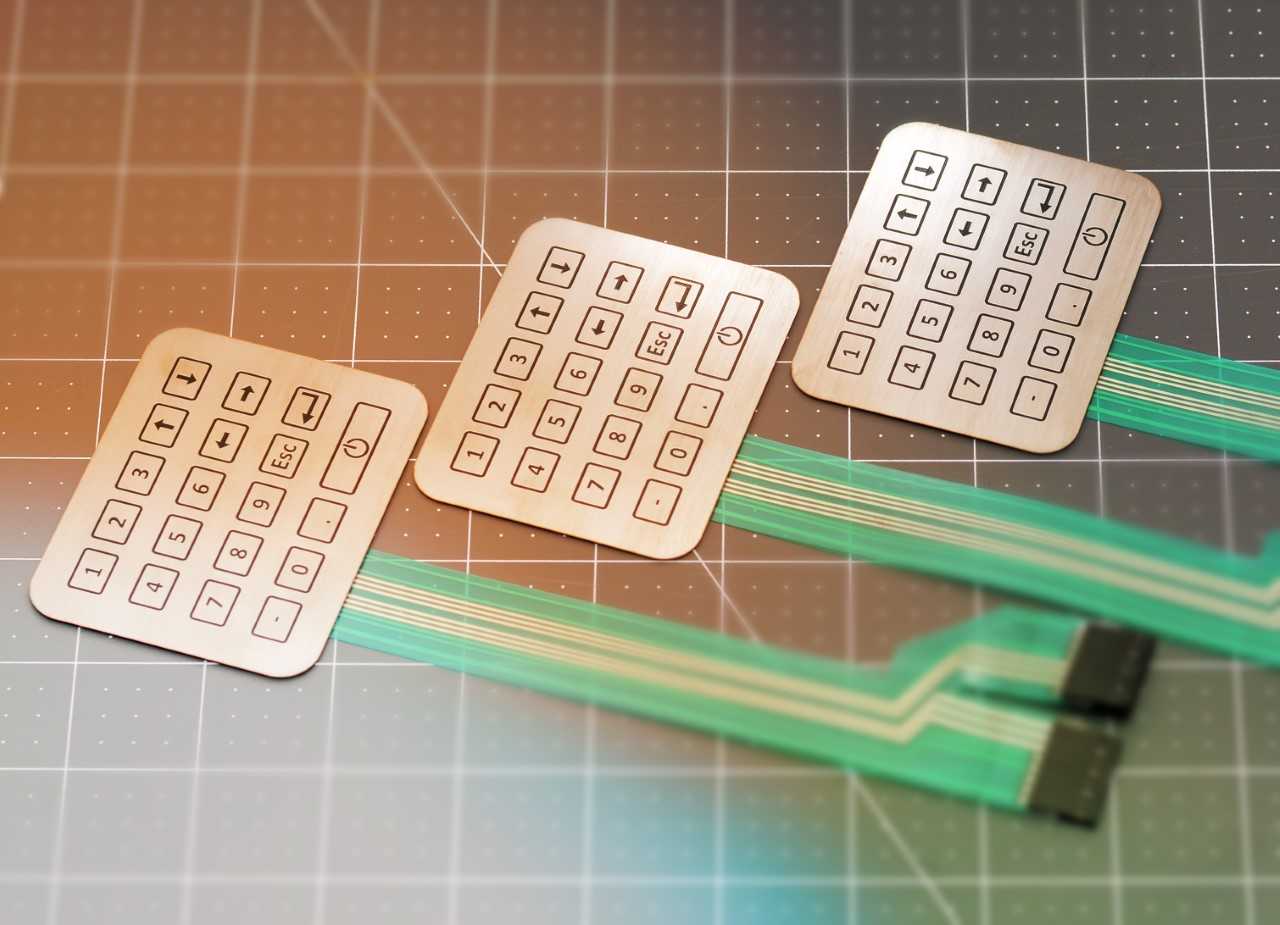Membrane Switch: Reliable, Cost-Effective, and User-Friendly Control Systems
Membrane Switch: Reliable, Cost-Effective, and User-Friendly Control Systems
Blog Article
Comprehending Membrane Switches Over: The Trick to Long Lasting and Reliable Controls

What Are Membrane Switches?
Membrane switches are an advanced option in the world of interface innovation, integrating capability and layout seamlessly. These tools function as an interface between individuals and electronic systems, integrating numerous components into a compact format. Usually built from adaptable, slim layers of materials, membrane layer switches are developed to react to touch, allowing users to interact with machinery and electronic devices effectively.
The main aspects of a membrane layer button consist of a printed circuit layer, graphic overlay, and a spacer layer that avoids unintended activation. The graphic overlay can be personalized to show brand name identification or user preferences, enhancing appearances while guaranteeing usability. Membrane layer buttons are generally used in different applications, including clinical tools, consumer electronics, and commercial tools, owing to their sturdiness and resistance to environmental elements such as moisture and dirt.
One of the key benefits of membrane switches is their capacity to stand up to deterioration, making them perfect for high-traffic environments. In addition, they are light-weight and need minimal room, enabling for innovative layouts in product growth. Generally, membrane switches over represent a reliable and functional choice for modern electronic user interfaces, marrying innovation with user-centric style concepts.
Exactly How Membrane Layer Switches Job
The operation of membrane layer switches over hinges on a simple yet efficient system that converts individual input right into electronic signals. When a user presses the switch, the top layer flaws, enabling a conductive component in the circuit layer to make call with an equivalent conductive pad on the bottom of the visuals overlay.
The style of membrane layer switches can differ, yet they often integrate domes or responsive components to supply responses to the individual, enhancing the total experience - membrane switch. The materials utilized in membrane buttons, such as polyester or polycarbonate, add to their longevity and resistance to environmental aspects, including moisture and dirt. Furthermore, the printed circuits are typically enveloped, which safeguards them from deterioration in time.
Benefits of Membrane Layer Switches

Furthermore, membrane switches are understood for their sturdiness. Constructed from robust materials, they are resistant to dirt, moisture, and physical wear, which considerably extends their life expectancy contrasted to typical mechanical switches. This sturdiness makes them particularly ideal for high-traffic settings and applications calling for durability.
One more substantial advantage is the ease of cleaning and maintenance. The smooth surface of membrane switches minimizes dust buildup and is frequently invulnerable to spills, making them suitable for setups that need frequent sanitization.
Furthermore, membrane switches provide a streamlined profile, bring about a thinner layout that can be incorporated into different gadgets without adding bulk. This attribute not just improves the visual appeal but additionally adds to a much more ergonomic product layout.
Applications of Membrane Layer Switches
Straightforward and functional, membrane switches find applications throughout a vast array of industries, including clinical devices, customer electronics, and commercial devices. In the medical field, these buttons are indispensable to gadgets such as diagnostic devices, client surveillance systems, and infusion pumps, where reliability and convenience go to the website of cleaning are critical. Their capacity to endure harsh environments and keep capability makes them perfect for such applications.

In consumer electronics, membrane switches are utilized in products like microwaves, cleaning machines, and remotes - membrane switch. see this site Their smooth layout permits user-friendly interface, boosting the overall customer experience while providing toughness and resistance to tear and use
Commercial tools likewise profits from membrane layer switches, especially in control panels for equipment and automation systems. These buttons offer defense against dust and wetness, ensuring consistent performance in difficult settings. Furthermore, their adjustable functions permit manufacturers to tailor them to particular operational demands, enhancing efficiency and functionality.
Choosing the Right Membrane Switch
When choosing a membrane button, it is necessary to think about different aspects that affect efficiency and viability for certain applications. The main considerations include environmental problems, tactile feedback, sturdiness, and style specifications.
First, assess the operating setting; buttons exposed to dampness, chemicals, or severe temperatures require details products to make sure longevity and capability. Next off, examine the requirement for tactile responses. Depending upon user communication, some applications may gain from a responsive action to verify activation, while others might like a non-tactile style for visual factors.
Resilience is an additional vital element; membrane layer switches need to be designed to endure constant use, influences, and abrasion. Ensure the picked switch can sustain the expected lifecycle, particularly in high-usage situations.

Conclusion
In final thought, membrane switches function as important components in the layout of dependable and sturdy control systems throughout different markets. Their small layout, integrated with robust building and construction and personalized features, boosts individual interaction while making certain durability popular atmospheres. The versatility of membrane layer switches enables tailored remedies that meet details operational demands, reinforcing their relevance in contemporary innovation. As markets remain to develop, the relevance of integrating efficient membrane layer switch services can not be overemphasized.
Membrane changes stand for a crucial element of contemporary user interface layout, mixing capability with strength in various applications.Membrane switches are a sophisticated service in the realm of individual interface modern technology, incorporating functionality and design effortlessly. Commonly created from flexible, thin layers of materials, membrane switches are developed to respond this page to touch, allowing users to communicate with machinery and digital tools properly.
The layout of membrane layer switches can vary, but they typically integrate domes or responsive components to supply comments to the individual, improving the overall experience.In conclusion, membrane layer switches over serve as vital components in the design of durable and dependable control systems throughout numerous industries.
Report this page